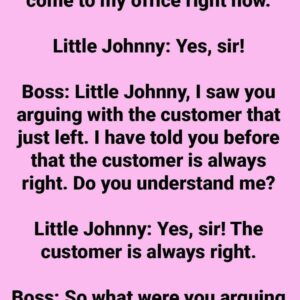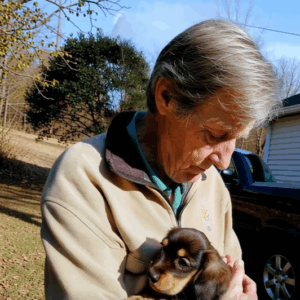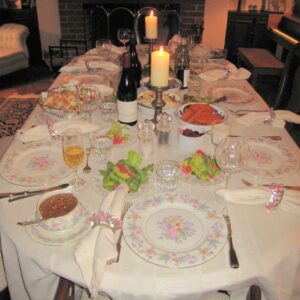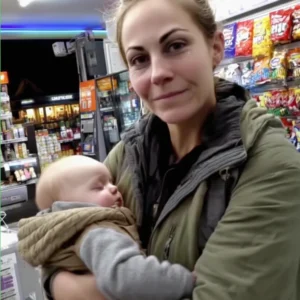When I proposed to Clara, I used my grandmother’s engagement ring — a delicate heirloom passed down through three generations. My mother had warned me to only give it to someone I was certain of. And at that time, I was.
Clara said yes, with tears in her eyes and a trembling hand that I thought was love. We planned a small wedding. We looked at houses. We even argued like people who believed in forever. But forever lasted less than a year.
One evening, a coworker of hers accidentally let something slip — a name, a dinner, a text message. I didn’t confront her immediately. I waited. When I finally did, she didn’t deny it. She looked at me with a kind of exhaustion and said, “It just happened.”
I packed her things. She kept the ring.Days later, she texted me:“If you want it back, you can buy it from me. $10,000 seems fair.”Fair. That word hit me harder than the betrayal.I agreed to meet her at a café. I smiled, acted calm, and told her I’d need a certificate to prove the ring’s authenticity before I paid. She rolled her eyes but agreed to take it to a jeweler.
When the jeweler appraised it, the truth came out. The ring was fake — the diamond swapped with glass. Clara’s coworker had pawned the real one months earlier, apparently to pay for a “business trip” they’d taken together.She turned pale when the jeweler explained it. I didn’t say a word. I just thanked her for her time and walked out.Later, the pawn shop called me — my family name was engraved inside the band. I paid a small fee to retrieve it. When I held the ring again, I realized something important: not all circles are meant to stay closed. Some must be broken and reset before they shine again.That night, I placed the heirloom in my mother’s hand.“I found it,” I said.She smiled, knowing the story didn’t need to be told.





